The impacts of tourism on a population of manta rays, Baa Atoll, Republic of Maldives
2012
Bex Lynam (MSc - University of York)
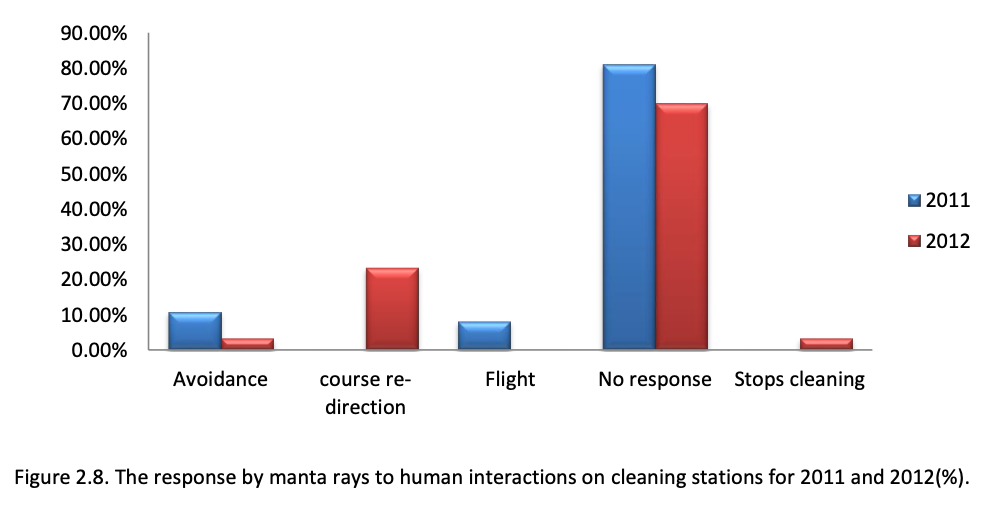
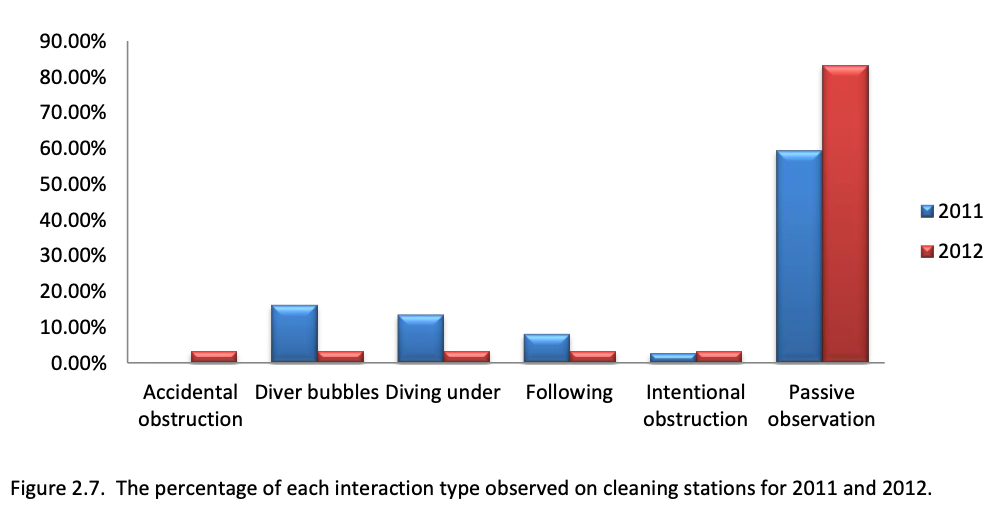
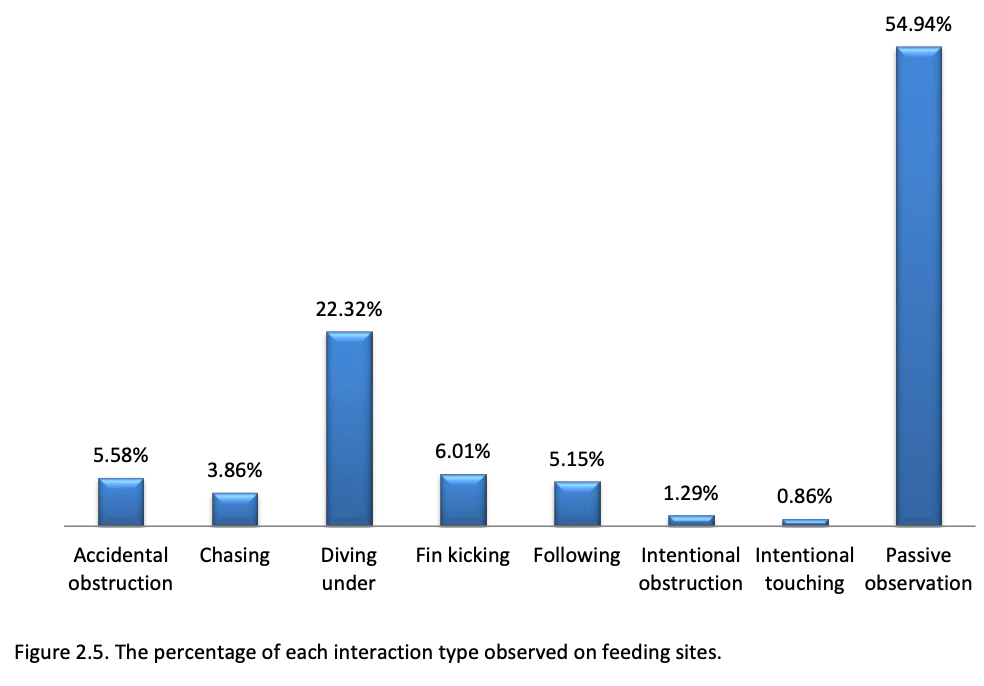
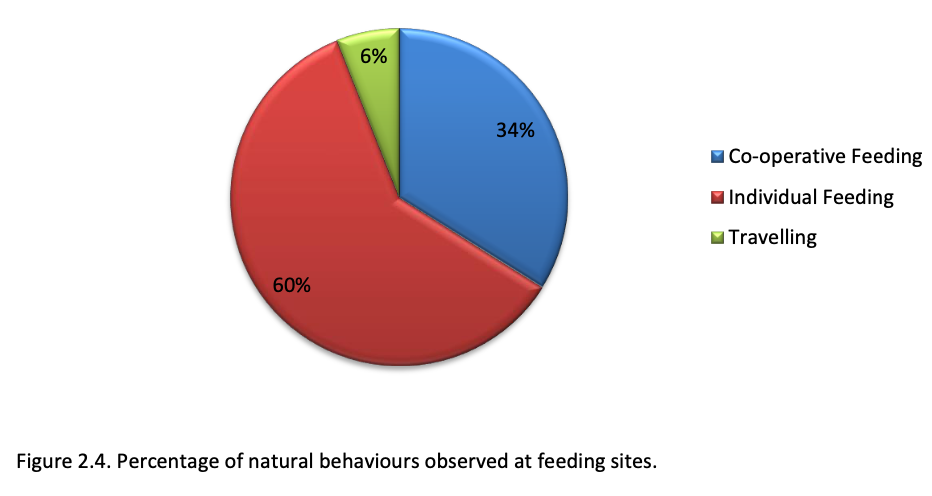
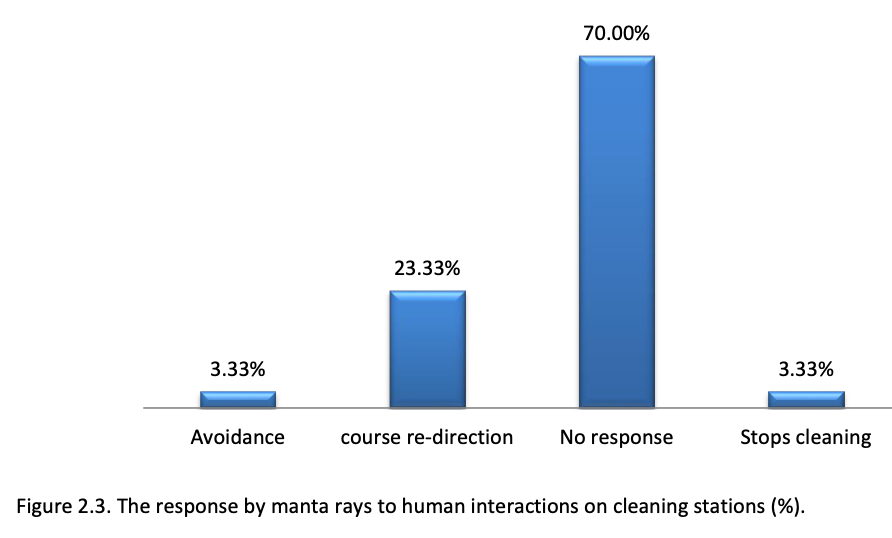
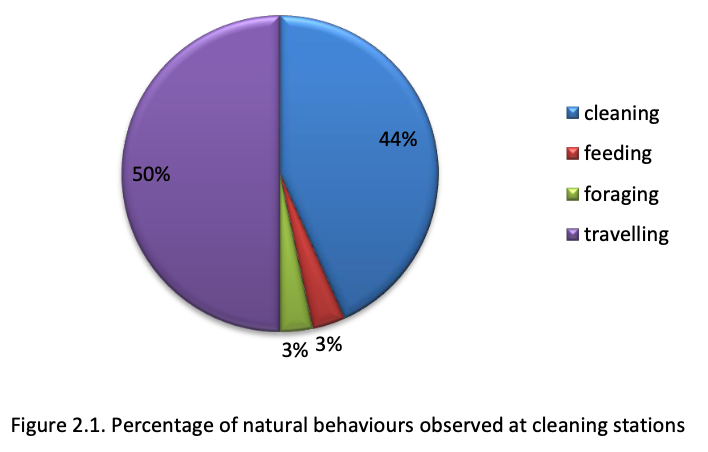
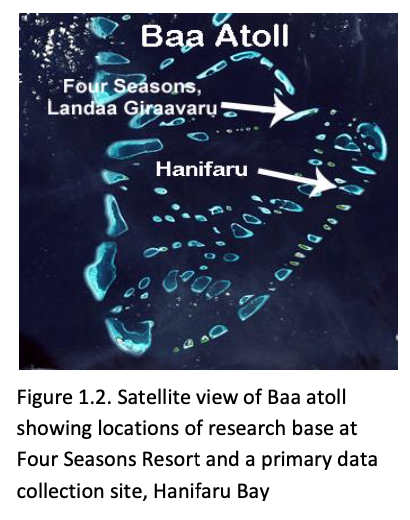

Summary: The popularity of marine tourism has increased, particularly in the Republic of Maldives where tourists are attracted by manta ray-related activities. This study examines human interactions with manta rays at cleaning and feeding stations in Baa Atoll. Video footage of 263 unique interactions was analysed, considering variables such as interaction type and manta ray response. The findings suggest that human behaviours, such as passive observations, cause little disturbance to manta rays. Minor and major disturbance behaviours can be addressed through the implementation of a code of conduct by tourism operators. With a precautionary approach, manta ray tourism can be sustainable and financially beneficial without harming the population.
Abstract
“The popularity of marine tourism has increased steadily over recent decades and is considered more sustainable than consumptive use of marine megafauna. The seasonal migration of manta rays to Republic of Maldives has resulted in a significant increase in the number of tourists participating in manta-related activities. Heavy site use has led to observations of disturbance that has the potential to cause detrimental impacts to manta rays health and behaviour. This increase in tourism pressure and possible detrimental impacts indicates investigation into human interactions with manta rays should be conducted.
Video footage of interactions between humans and manta rays were filmed at cleaning and feeding stations within Baa Atoll, Maldives. A total of 263 unique interactions of both divers and snorkelers were filmed and analysed for a number of variable including interaction type and the response elicited from manta rays. Humans exhibited behaviours such as following, intentional touching, diving under and passive observations. Manta rays reacted to interactions with response behaviours such as avoidance, flight, course re-direction and no response.
The findings suggest that human behaviours are largely passive and cause relatively little disturbance to manta rays natural behaviour. A number of minor and major disturbance behaviours can be addressed by initiating the use of a code of conduct by tourism operators. A precautionary approach to managing manta ray tourism must be taken in order to prevent tourism on larger scales causing disturbance and potentially affecting the long term health of the manta ray population. At current levels of tourism, in-water encounters appear to be sustainable and provide a significant source of revenue without long term detrimental impacts to manta rays.”
Author Affiliations
University of York
The Manta Trust
